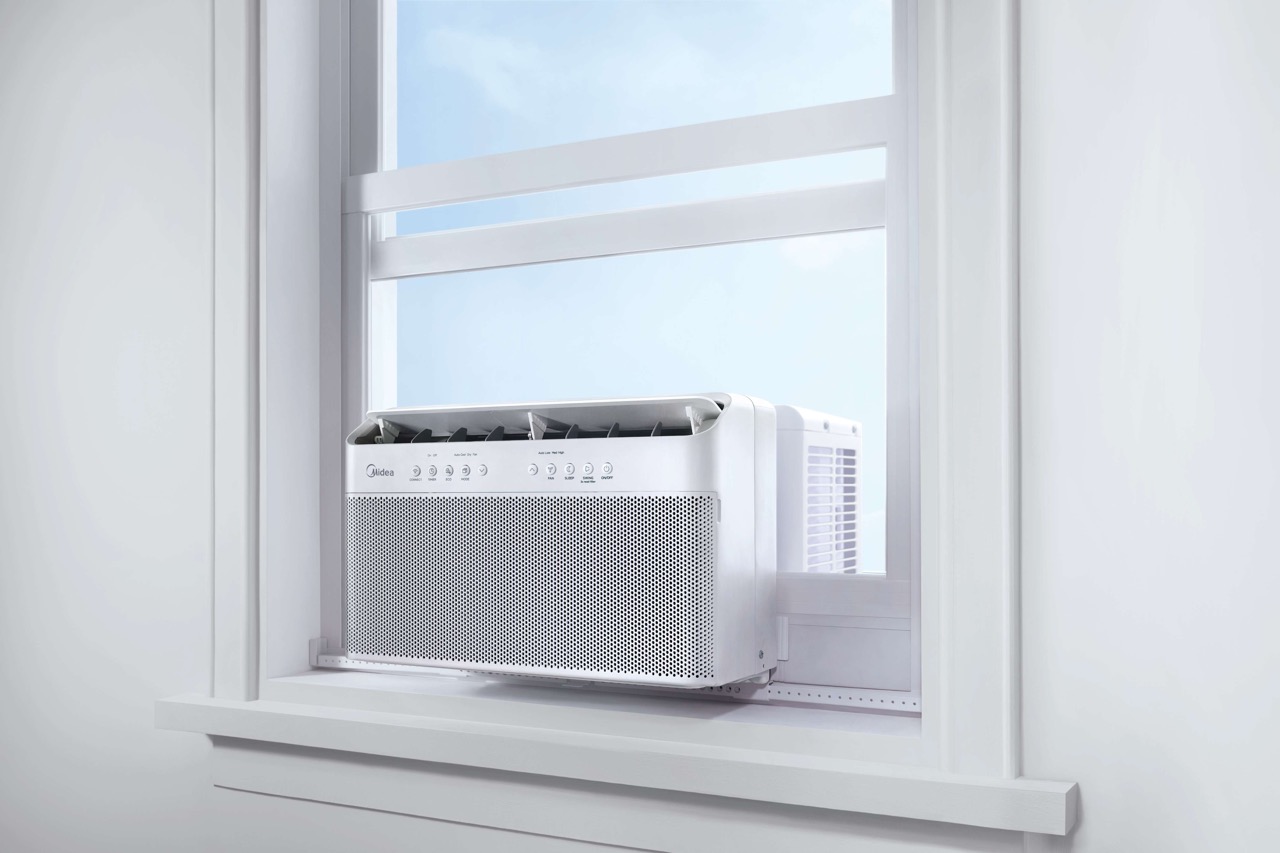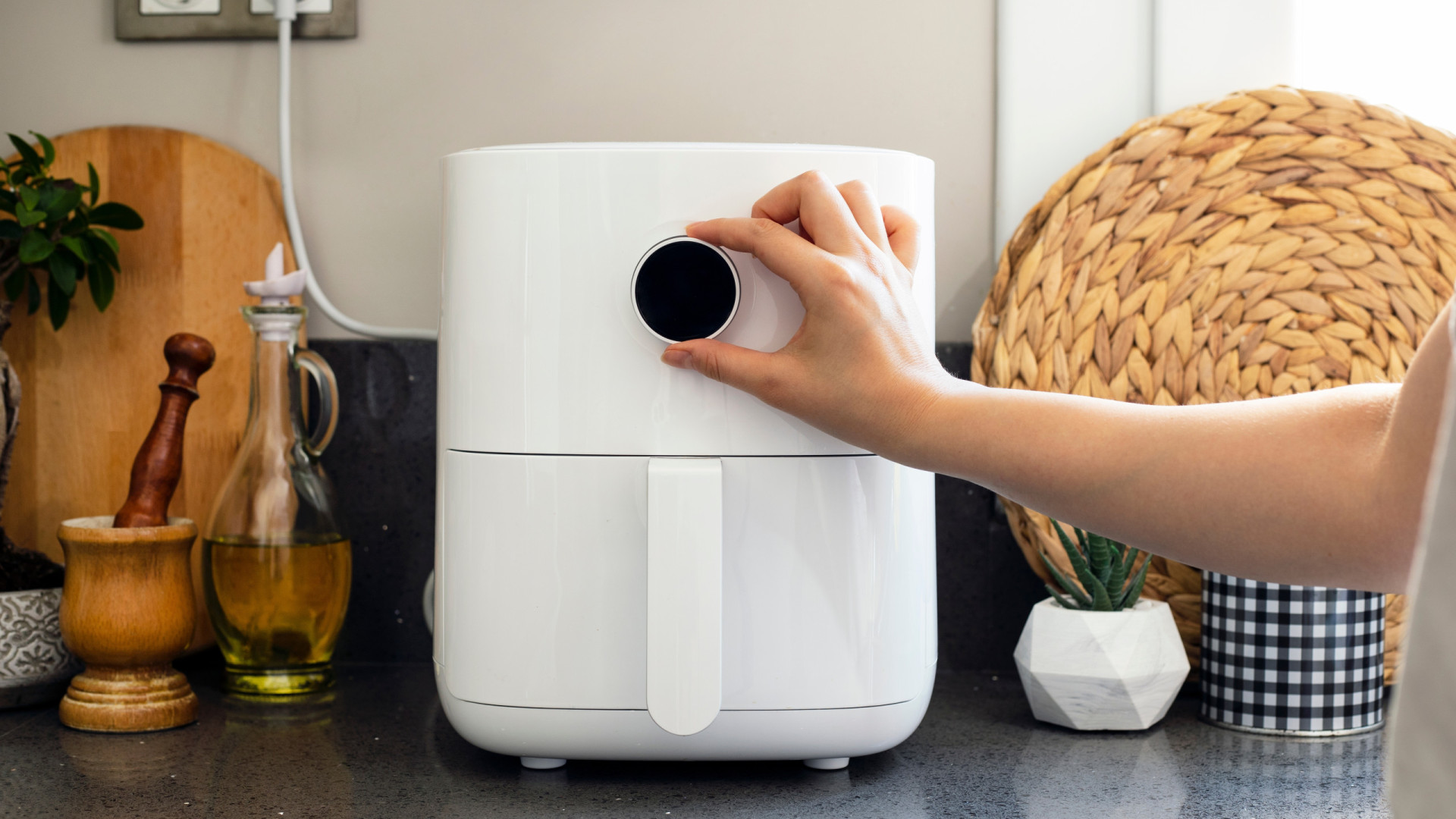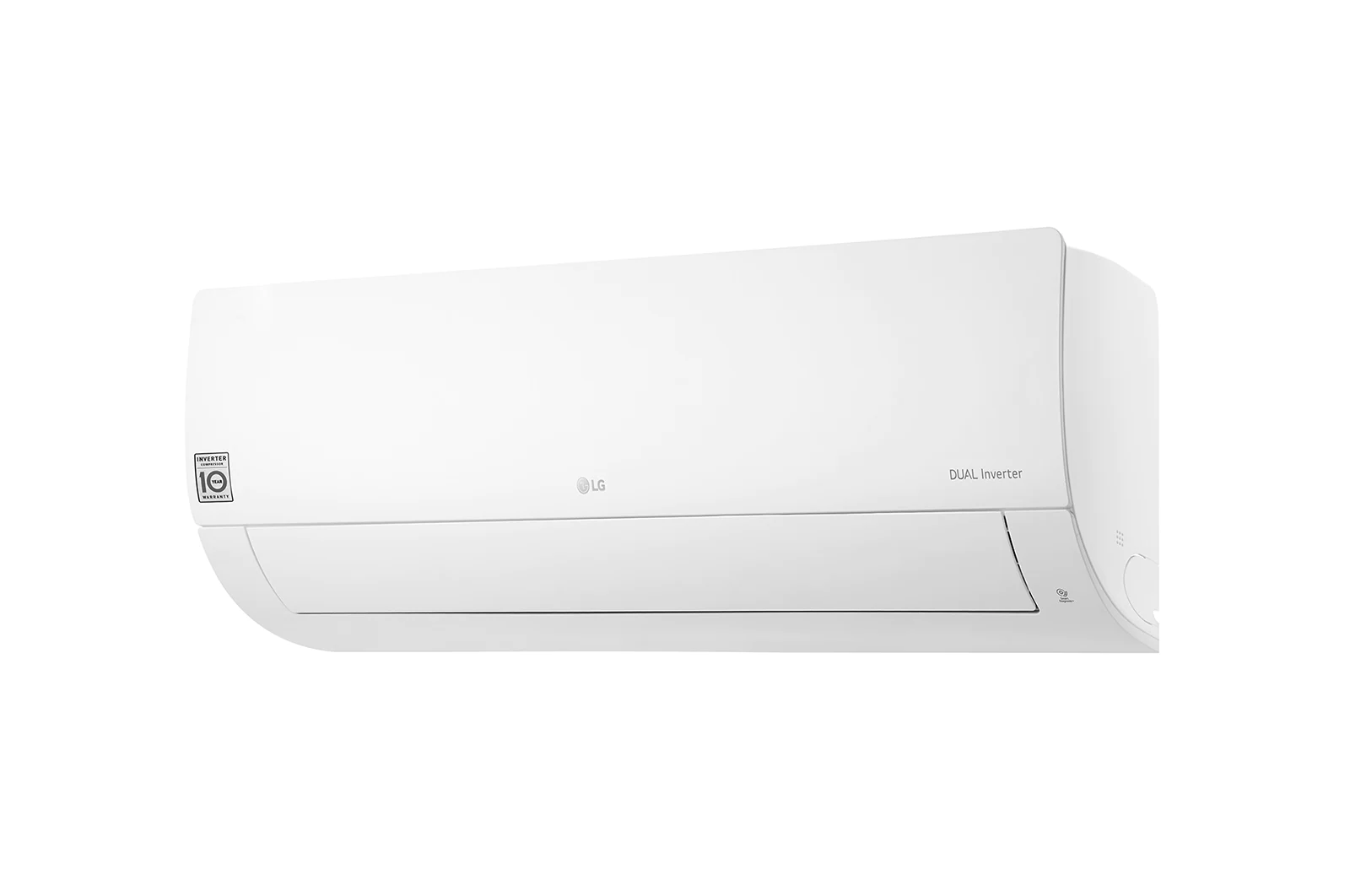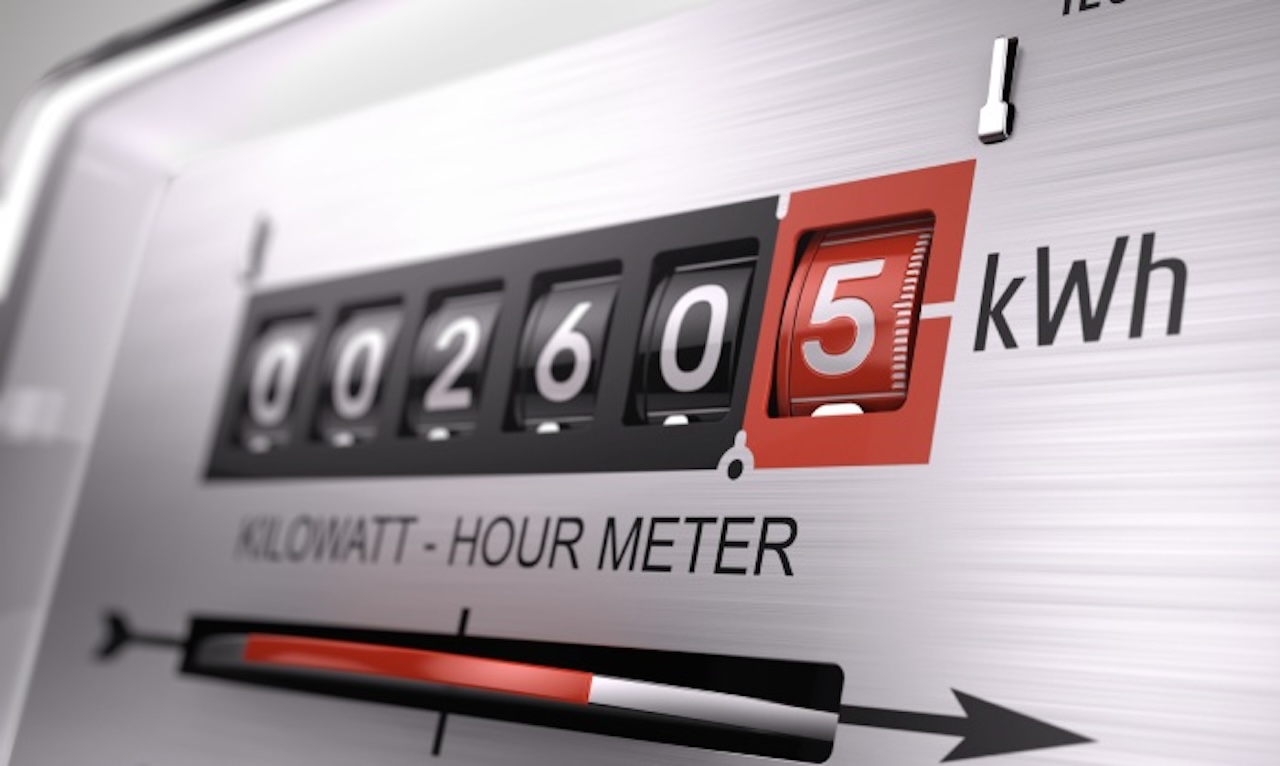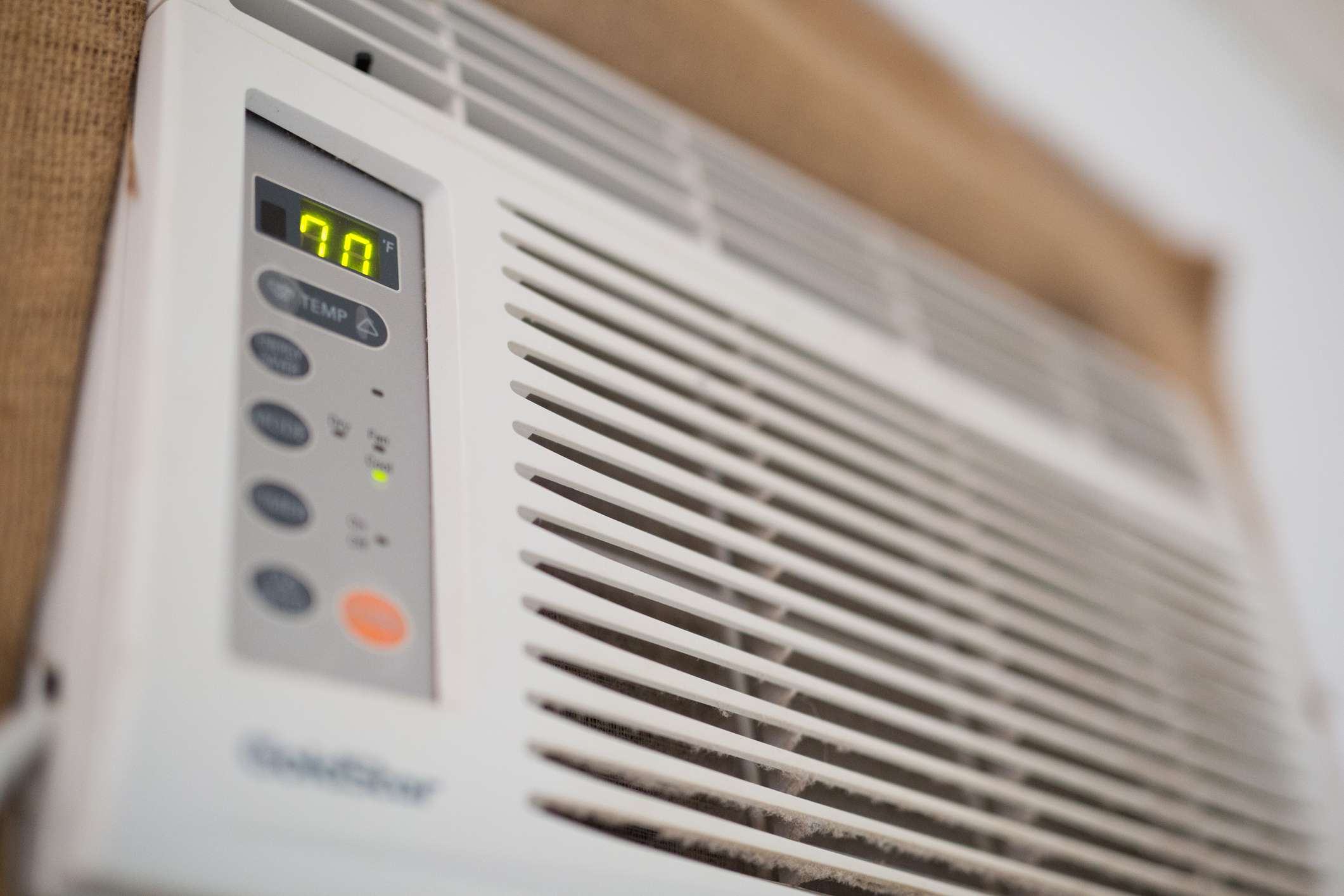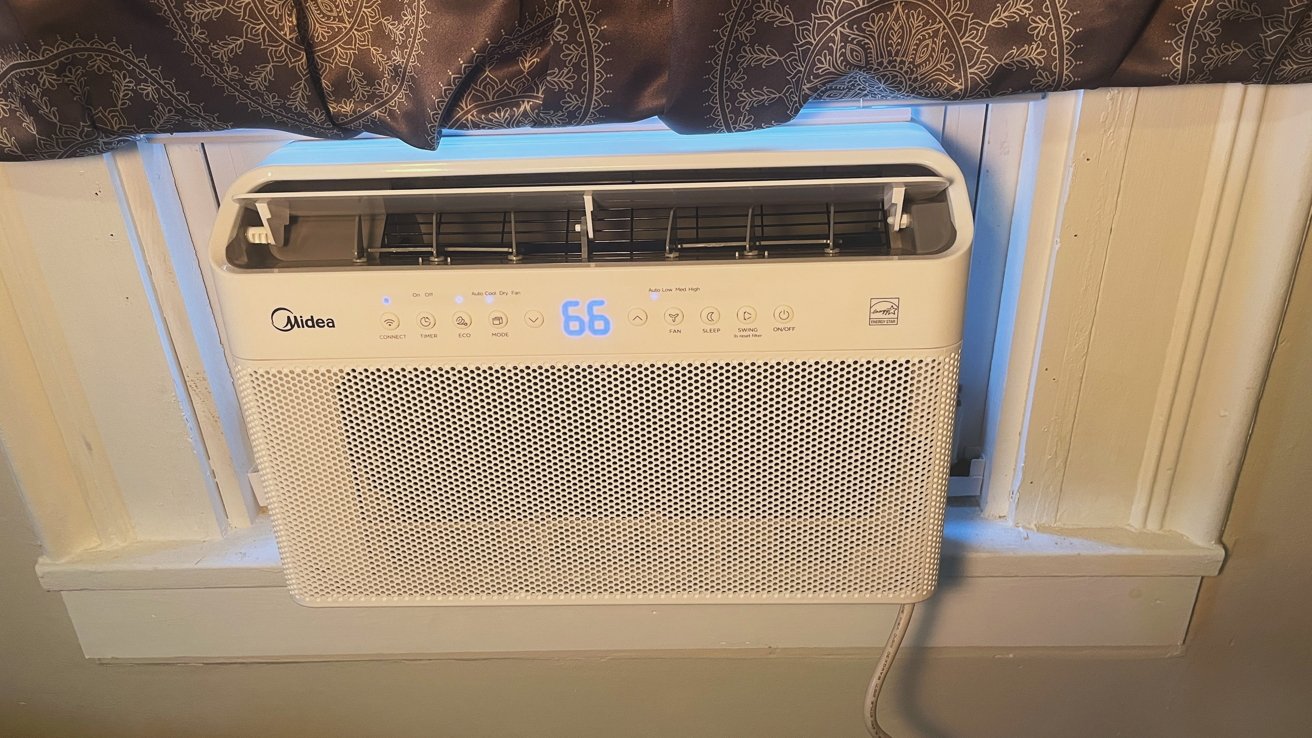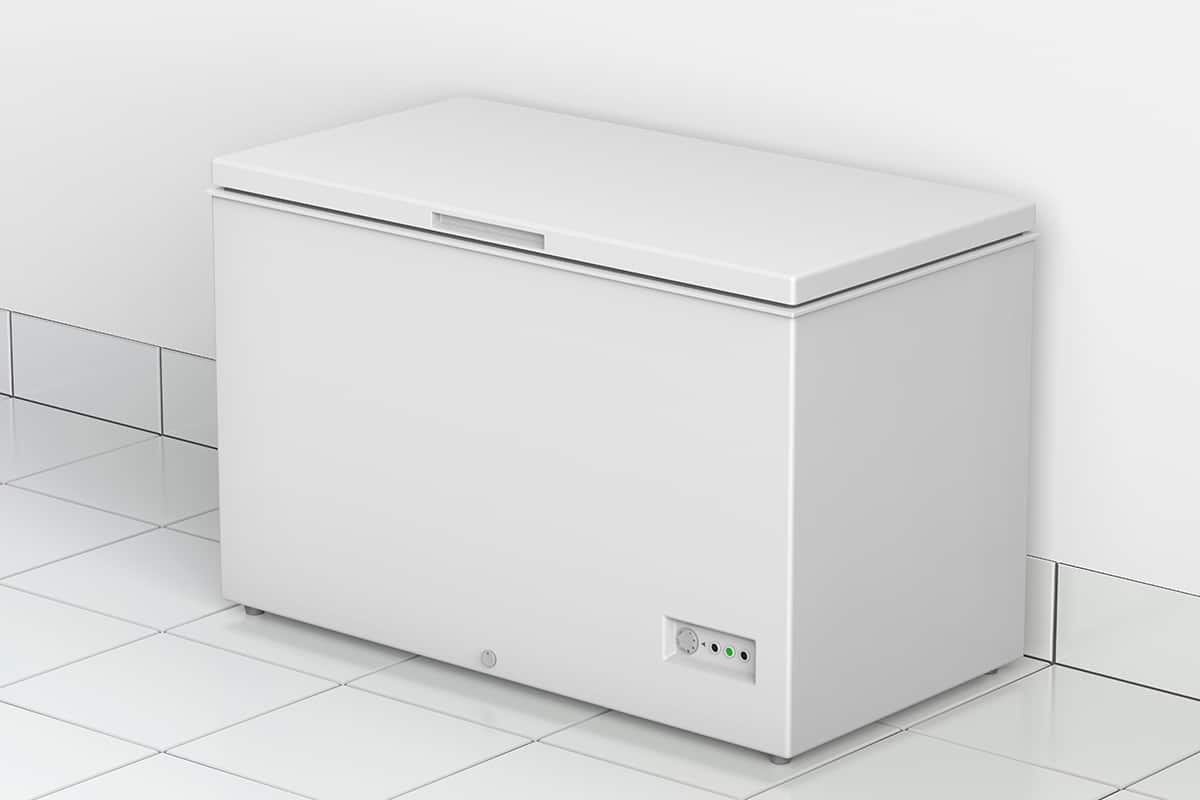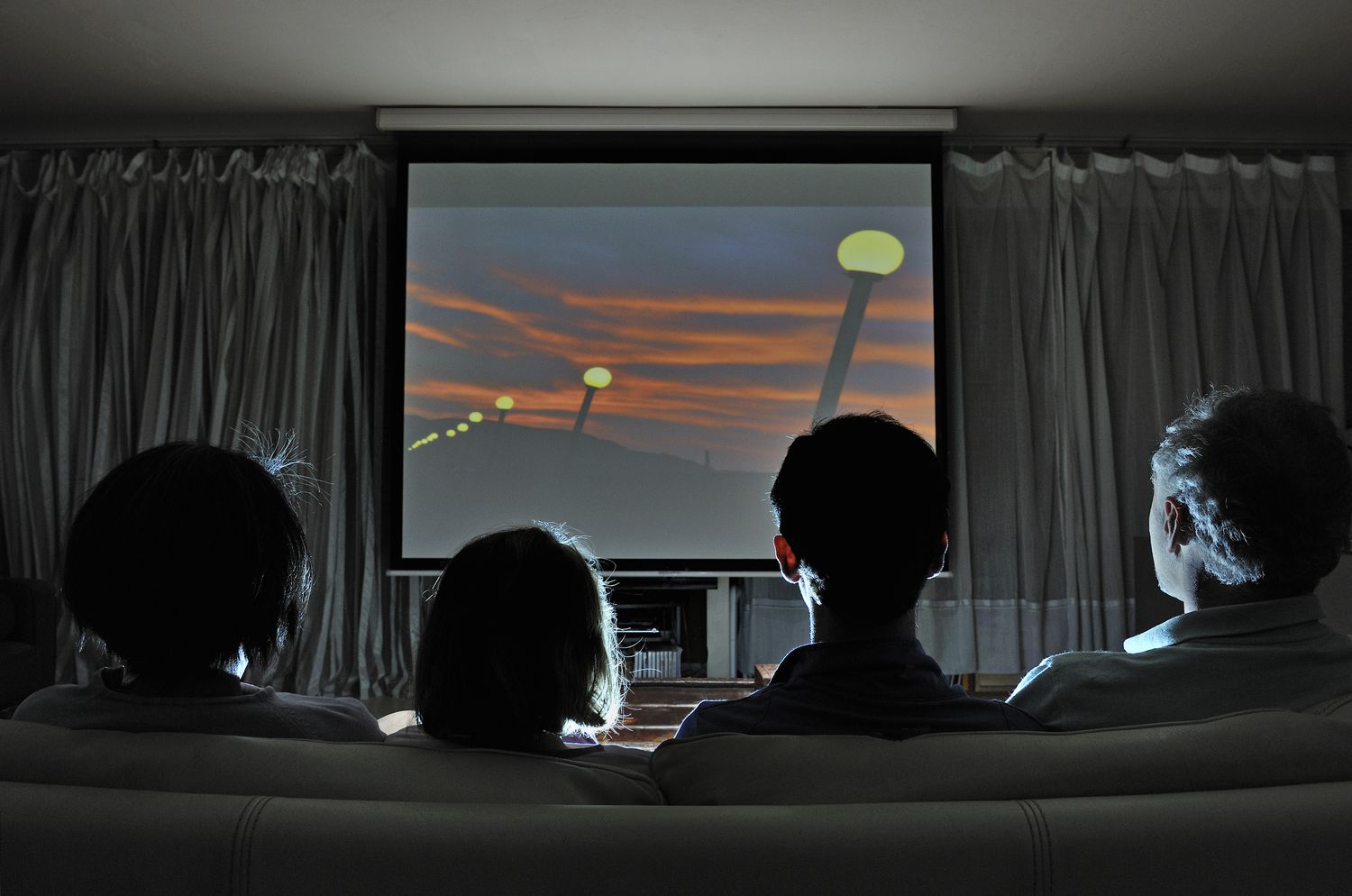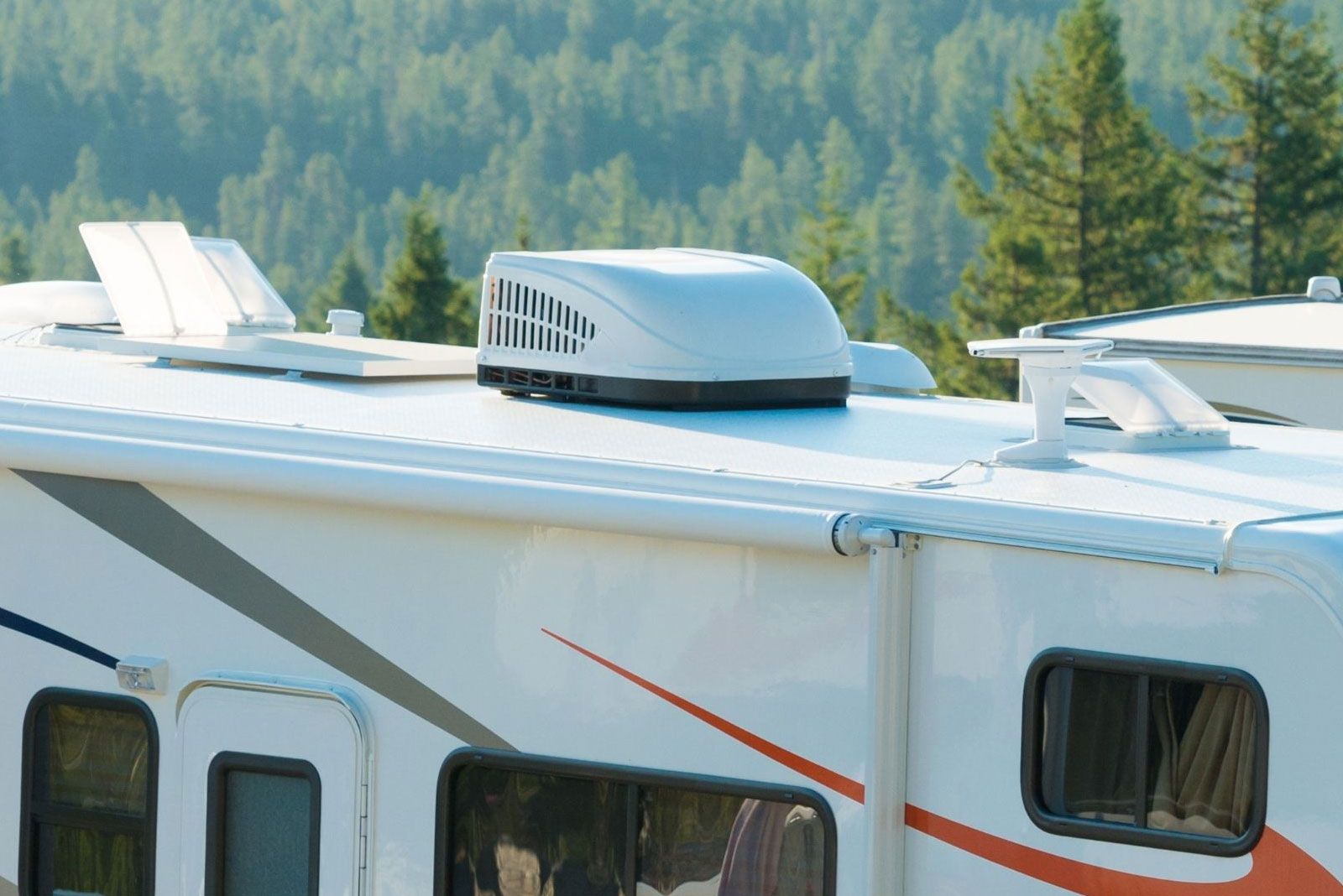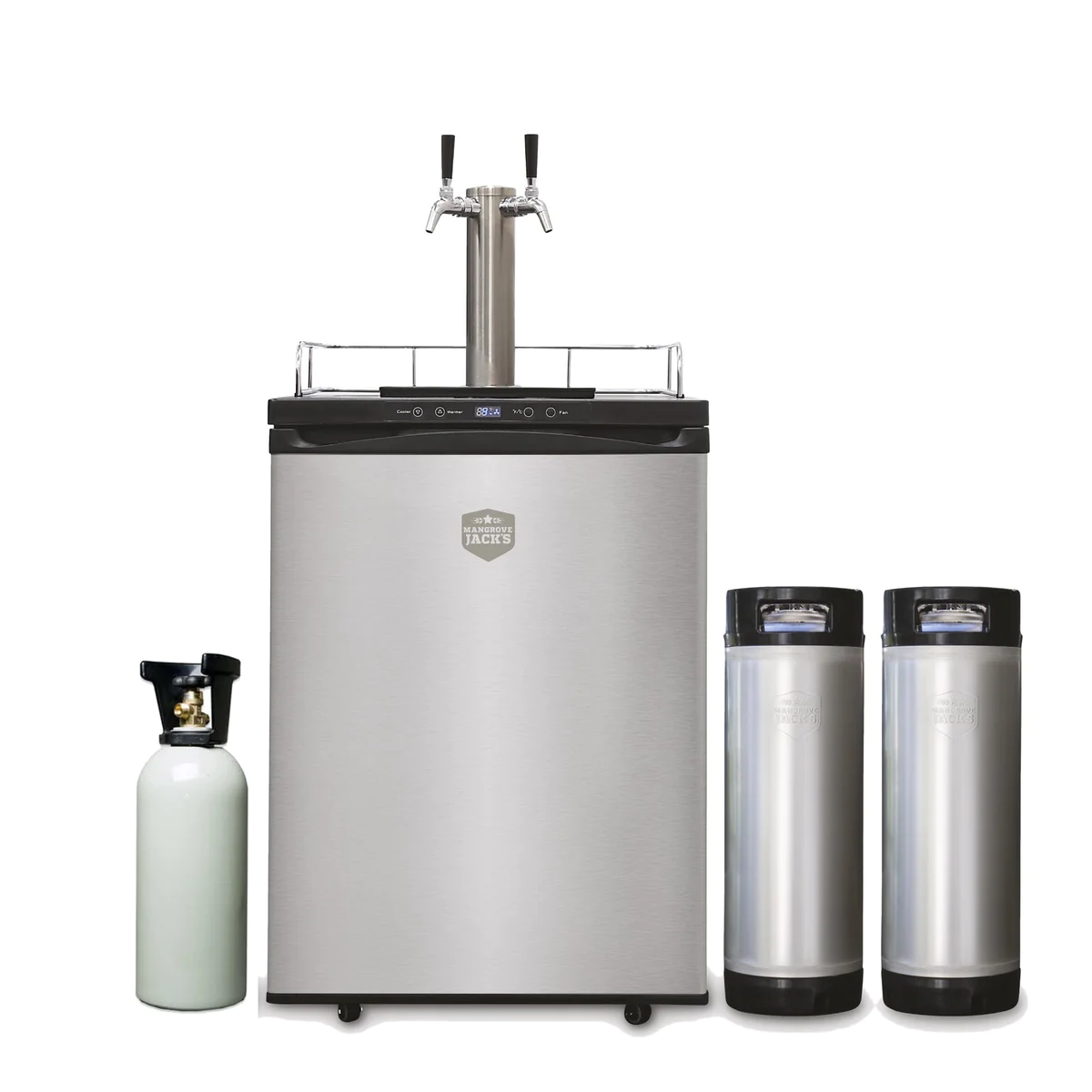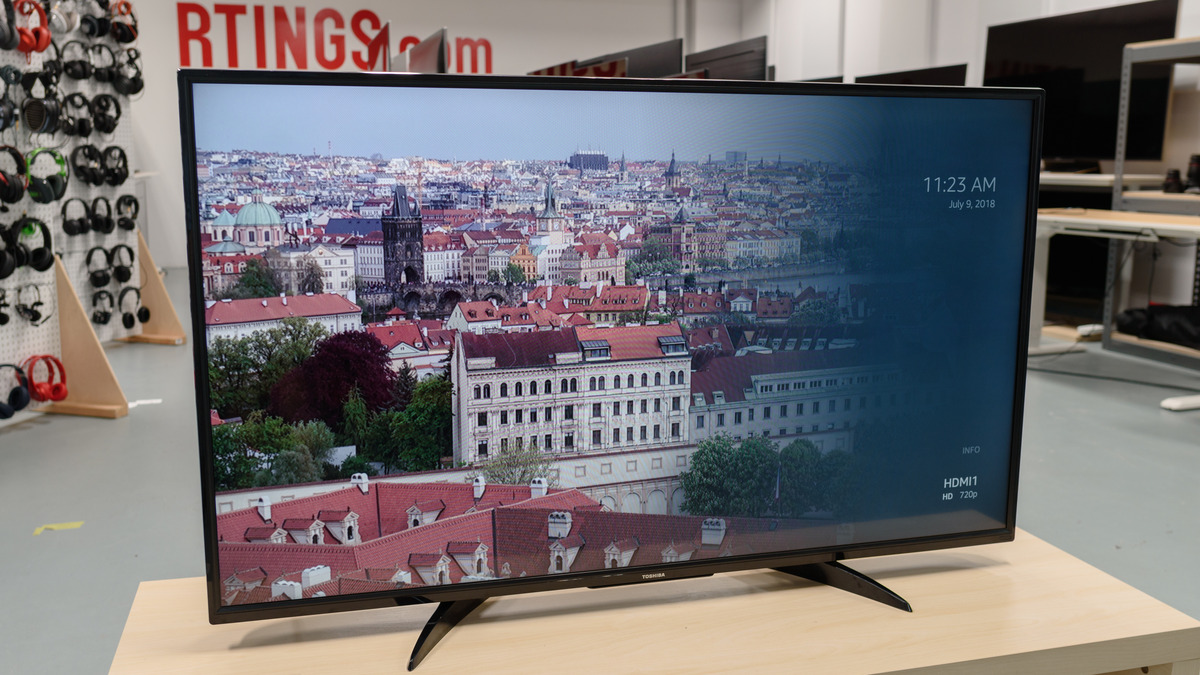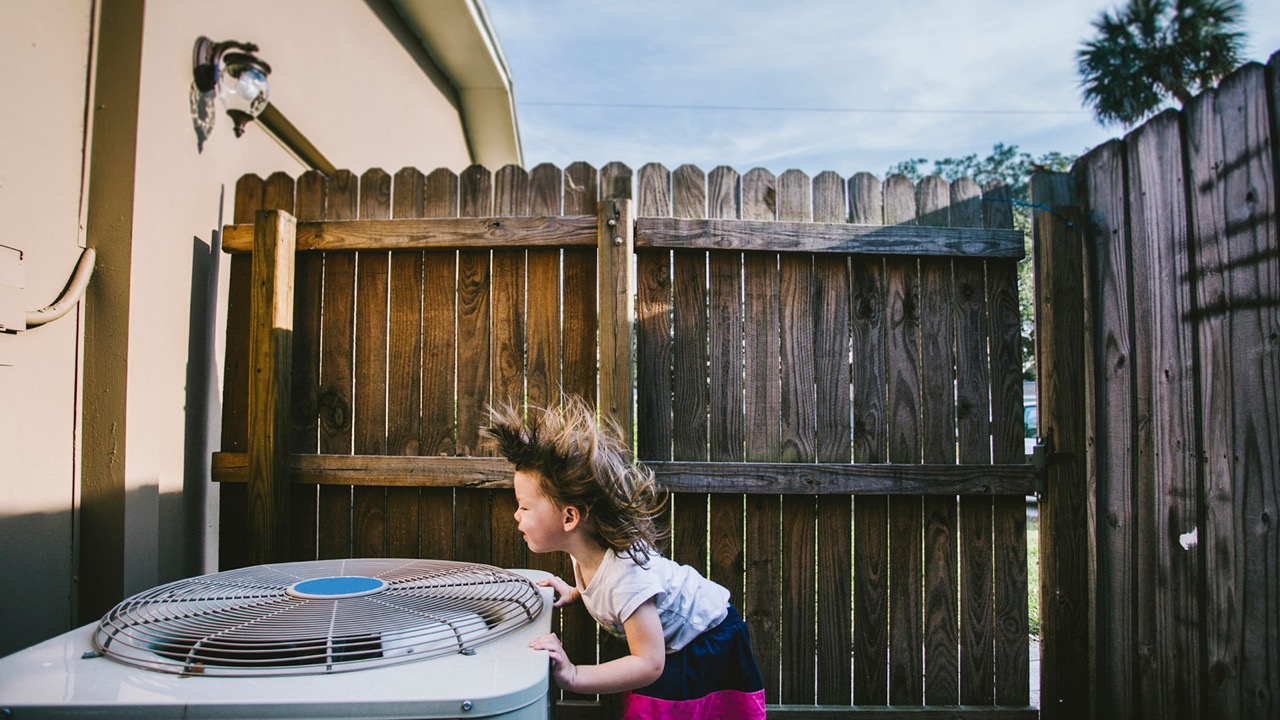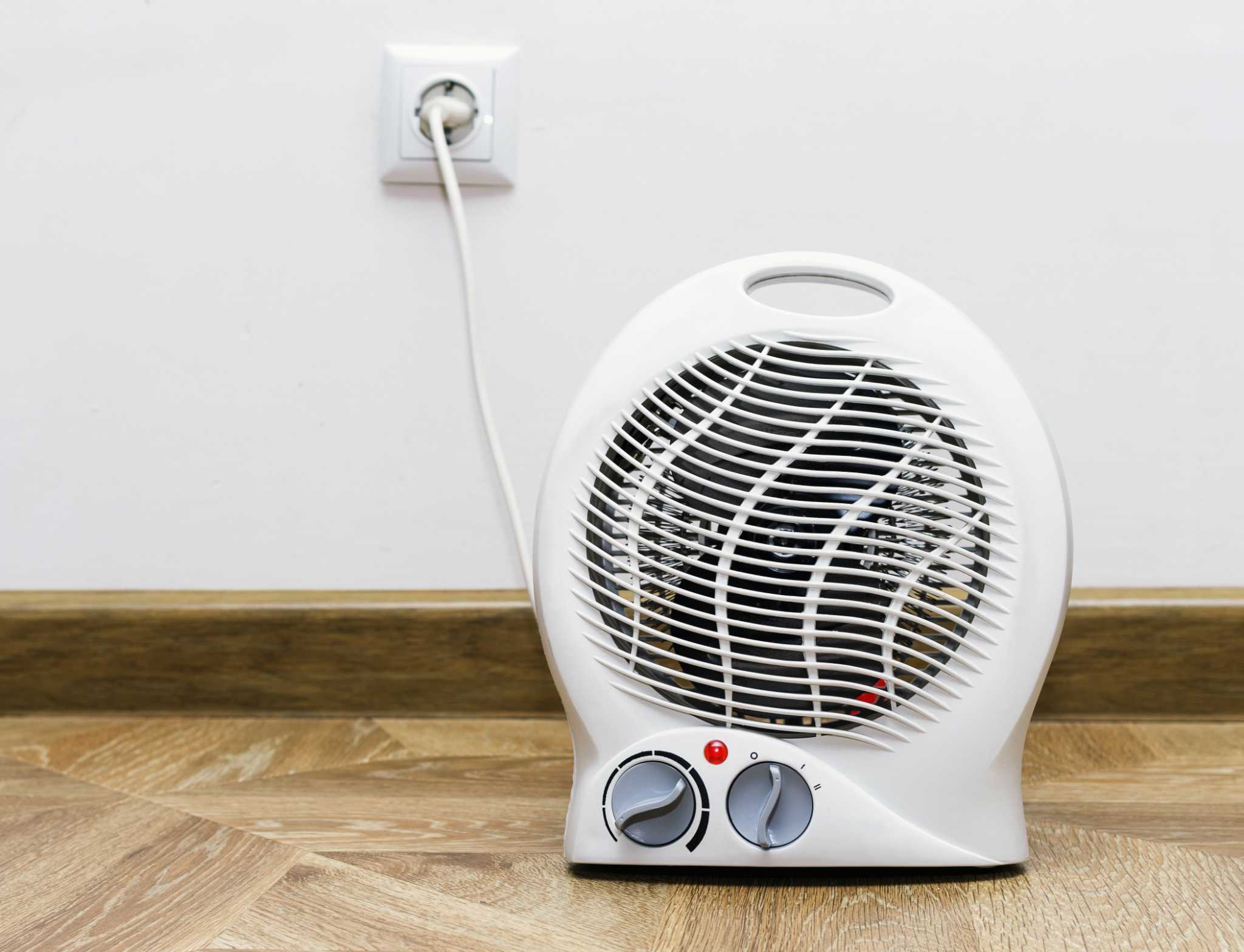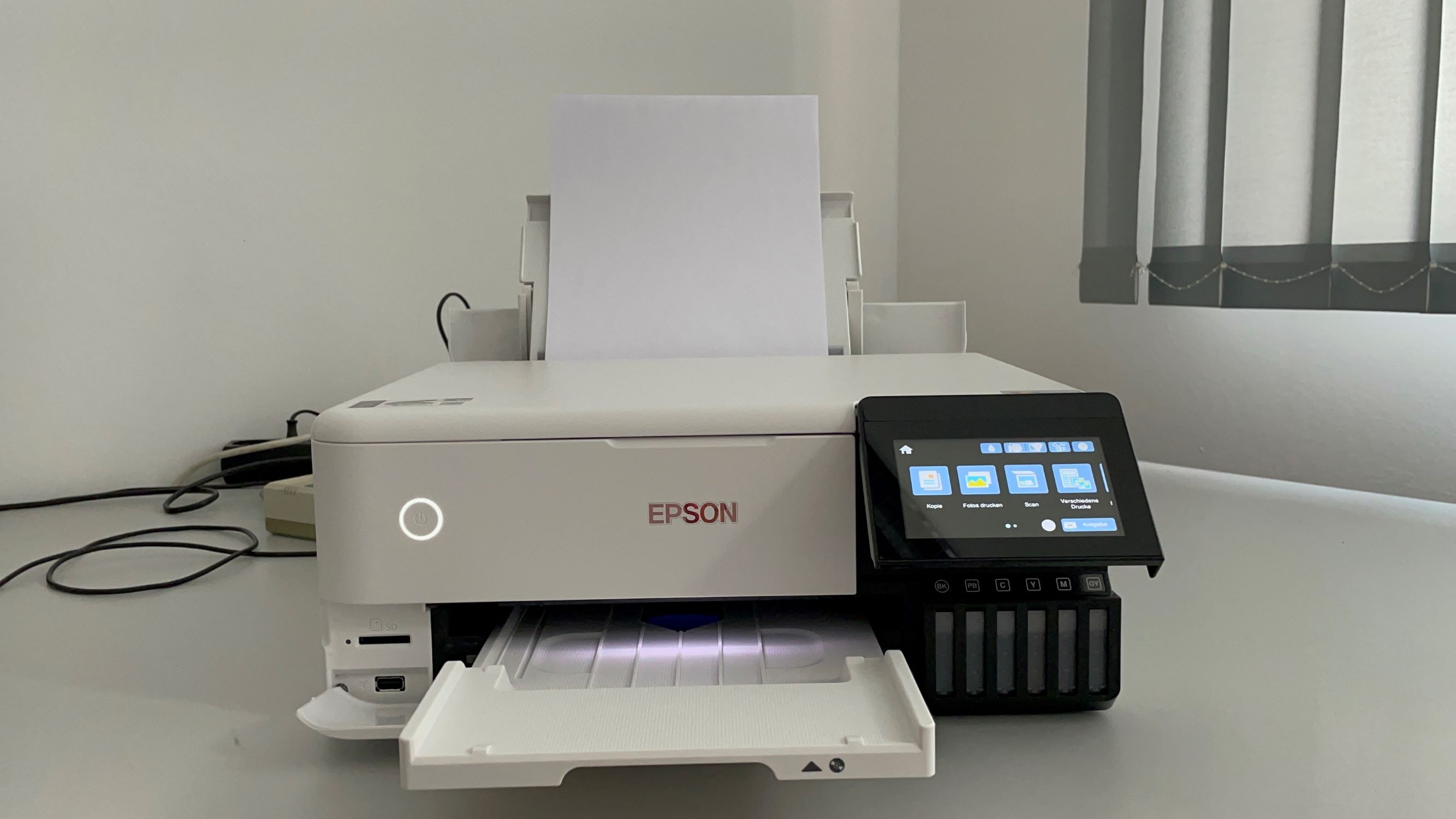Home>Home Maintenance>How Many Watts Does A Portable Air Conditioner Use
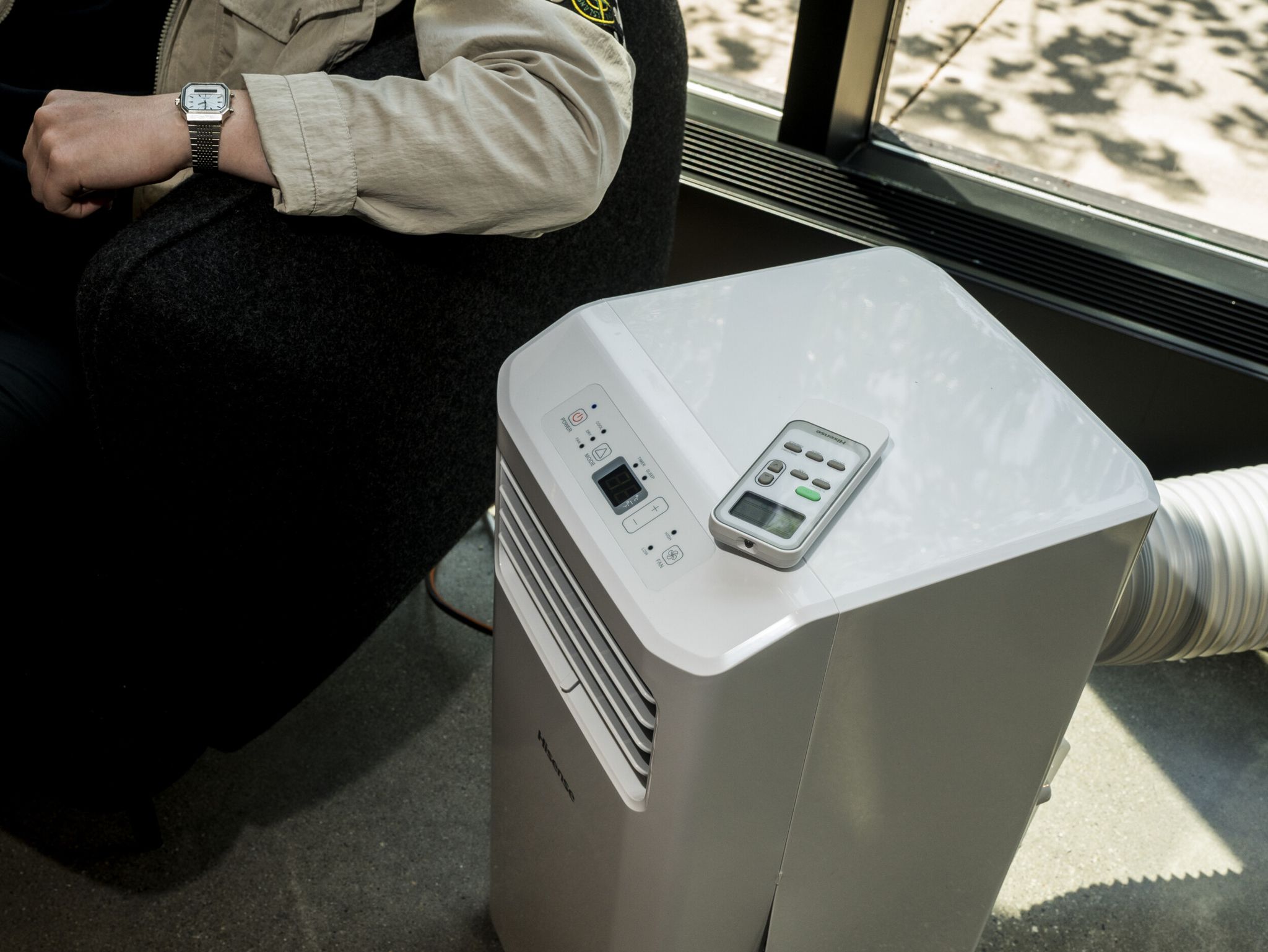

Home Maintenance
How Many Watts Does A Portable Air Conditioner Use
Modified: March 7, 2024
Discover how many watts does a portable air conditioner use for efficient home maintenance. Choose the perfect power consumption for your cooling needs and save energy!
(Many of the links in this article redirect to a specific reviewed product. Your purchase of these products through affiliate links helps to generate commission for Storables.com, at no extra cost. Learn more)
Introduction
Welcome to our comprehensive guide on understanding the power consumption of portable air conditioners. If you’re considering purchasing a portable air conditioner or are simply curious about how much energy they use, you’ve come to the right place. In this article, we will explore the factors that can affect power consumption, the energy efficiency ratings to look out for, typical power consumption of portable air conditioners, and tips for reducing energy usage.
Portable air conditioners are a popular choice for cooling smaller spaces, as they offer the convenience of being easily movable and do not require complicated installation. However, it’s important to be aware of their power consumption to ensure they are operating efficiently and not significantly impacting your energy bills.
By understanding how many watts a portable air conditioner uses and the factors that can influence power consumption, you can make informed decisions about which model to choose and how to optimize its efficiency.
So, let’s dive into the details and demystify the world of portable air conditioner power usage.
Key Takeaways:
- Portable air conditioners typically consume between 800 and 1500 watts, but factors like room size, insulation, and usage patterns can influence power usage. Understanding these factors can help you estimate power consumption more accurately.
- To reduce power consumption, consider using programmable timers, optimizing temperature settings, maximizing natural ventilation, and ensuring proper cleaning and maintenance. Choosing an appropriately sized air conditioner and utilizing fans can also improve energy efficiency.
Read more: How Many Watts Does An Air Conditioner Use
Understanding Portable Air Conditioners
Before we delve into the power consumption of portable air conditioners, let’s take a moment to understand how these appliances work and their basic components.
Portable air conditioners are stand-alone units designed to cool a specific area, typically a single room or small space. They operate on the same principles as traditional air conditioners, using refrigeration cycles to remove heat from the air and expel it outside.
The main components of a portable air conditioner include:
- Compressor: This component compresses the refrigerant gas, causing it to become hot.
- Condenser: The hot refrigerant gas is then sent to the condenser, where it releases heat to the outside air.
- Evaporator: As the heat is removed, the refrigerant gas becomes cooler and evaporates, absorbing heat from the indoor air.
- Fan: The fan circulates the indoor air over the evaporator coils, cooling the air and then blowing it back into the room.
- Exhaust hose: This flexible hose is used to vent the hot air generated during the cooling process to the outside of the room or building.
Portable air conditioners are typically placed near a window or sliding door, allowing the exhaust hose to be connected and the hot air to be expelled outside. This ventilation is crucial for proper operation and efficiency.
Unlike central air conditioning systems, which cool an entire house, portable air conditioners are designed for localized cooling. They offer flexibility and convenience, allowing you to cool specific areas without the need for professional installation or the expense of a central cooling system.
Now that we understand the basics of portable air conditioners, let’s move on to exploring the factors that can impact their power consumption.
Factors Affecting Power Consumption
The power consumption of a portable air conditioner can vary depending on several factors. Understanding these factors can help you make informed decisions when it comes to choosing the right unit for your needs and optimizing its energy efficiency. Here are some key factors that can affect the power consumption of portable air conditioners:
- BTU Capacity: The British Thermal Units (BTU) rating of a portable air conditioner determines its cooling capacity. Units with higher BTU ratings have more cooling power and typically consume more energy.
- Room Size: The size of the room you’re trying to cool plays a significant role in determining the power consumption. Larger rooms require more cooling power, which in turn requires more energy.
- Insulation: The level of insulation in your room affects the efficiency of the air conditioner. Well-insulated rooms retain cool air better, reducing the workload on the unit and lowering energy consumption.
- Temperature Settings: The lower you set the desired temperature on the air conditioner, the more energy it will consume. Adjusting the temperature to a comfortable but not overly cold level can help reduce power consumption.
- Climate: The ambient temperature and humidity levels in your area can impact the power consumption of the air conditioner. In hotter and more humid climates, the unit may need to work harder, consuming more energy.
- Usage Patterns: How frequently and for how long you use the portable air conditioner can affect power consumption. Longer usage periods and constant operation will naturally result in higher energy consumption.
- Efficiency of the Unit: Energy-efficient models consume less power compared to older or less efficient units. When shopping for a portable air conditioner, look for models with high Energy Efficiency Ratio (EER) or Seasonal Energy Efficiency Ratio (SEER) ratings.
Keep in mind that these factors interact with each other in complex ways. For example, a larger room may require a higher BTU rating, which means greater power consumption. However, a well-insulated room with moderate temperature settings and efficient equipment can help mitigate the impact on energy usage.
Now that we have an understanding of the factors affecting power consumption, let’s explore the energy efficiency ratings to consider when choosing a portable air conditioner.
Energy Efficiency Ratings
When it comes to choosing a portable air conditioner with optimal energy efficiency, it’s essential to pay attention to the unit’s energy efficiency ratings. These ratings provide a standardized measurement of how efficiently the appliance uses energy and can help you compare different models. Here are the key energy efficiency ratings to consider:
- Energy Efficiency Ratio (EER): The EER is a ratio that represents the cooling capacity of the air conditioner (in BTUs) divided by the power consumption (in watts). A higher EER indicates better energy efficiency, as it means the unit is capable of producing more cooling output for a given amount of power input.
- Seasonal Energy Efficiency Ratio (SEER): The SEER is similar to the EER but takes into account the unit’s efficiency over an entire cooling season. It considers both the cooling and standby energy consumption, providing a more accurate representation of the unit’s efficiency over time.
- Energy Star Certification: The Energy Star certification is a voluntary program by the U.S. Environmental Protection Agency (EPA) that identifies energy-efficient appliances. Portable air conditioners with the Energy Star label meet strict efficiency guidelines set by the EPA and can provide significant energy savings compared to non-certified models.
When comparing portable air conditioners, look for models with higher EER and SEER ratings and the Energy Star certification. These ratings indicate that the unit meets or exceeds energy efficiency standards, ensuring that you’re getting the most out of your cooling while minimizing energy consumption.
Keep in mind that energy-efficient models may have a higher initial cost, but they can provide long-term savings on energy bills, making them a worthwhile investment.
Now that we’ve covered energy efficiency ratings, let’s explore the typical power consumption of portable air conditioners.
Typical Power Consumption of Portable Air Conditioners
The power consumption of portable air conditioners can vary depending on the specific model, BTU capacity, and operating conditions. On average, most portable air conditioners consume between 800 and 1500 watts of power when running at their highest cooling setting.
It’s important to note that power consumption can also vary depending on the cooling mode or fan speed selected. Lower cooling settings or fan-only mode can result in lower power consumption.
For example, a portable air conditioner with a cooling capacity of 10,000 BTUs may consume around 1200 watts when running on full cooling mode. However, switching to a lower cooling setting or activating the fan-only mode can reduce the power consumption to around 800 watts.
It’s worth considering that portable air conditioners draw additional power during the startup phase, known as the surge wattage. This surge wattage is usually higher than the steady-state power consumption and lasts for a few seconds when the compressor kicks in. However, the surge wattage quickly stabilizes to the regular power consumption level.
When using a portable air conditioner, it’s crucial to understand the wattage requirements to ensure compatibility with your electrical system. Ensure that you have an appropriate power outlet and avoid overloading circuits by using the air conditioner along with other high-power devices.
Next, let’s explore how to determine the wattage of your specific portable air conditioner.
When choosing a portable air conditioner, look for the Energy Efficiency Ratio (EER) on the label. The higher the EER, the more energy efficient the unit is, meaning it will use fewer watts to cool your space.
Determining the Wattage of Your Portable Air Conditioner
To determine the wattage of your specific portable air conditioner, you can usually find this information in the product specifications provided by the manufacturer. The wattage rating will indicate the power consumption of the unit during operation.
Look for labels or tags on the appliance itself or consult the user manual to find the wattage information. Alternatively, you can also search for the model number online to find the product specifications on the manufacturer’s website.
Keep in mind that the wattage rating may vary depending on the cooling mode, fan speed, or additional features of the portable air conditioner. It’s essential to look for the wattage information corresponding to the specific settings you plan to use for accurate power consumption estimation.
If you’re unable to find the wattage rating in the product specifications, you can estimate the power consumption by multiplying the current (in amps) by the voltage (typically 120V in the United States).
For example, if your portable air conditioner draws 10 amps of current, the wattage can be calculated as follows:
Wattage = Current (Amps) x Voltage (Volts)
Wattage = 10A x 120V = 1200 Watts
Remember that this is a rough estimate, and the actual power consumption may vary based on factors such as efficiency ratings and operating conditions.
Now that we know how to determine the wattage of a portable air conditioner, let’s explore some additional factors to consider when calculating power usage.
Factors to Consider When Calculating Power Usage
Calculating the power usage of your portable air conditioner involves considering various factors that can impact energy consumption. By taking these factors into account, you can estimate the approximate power usage and make informed decisions to optimize energy efficiency. Here are some important factors to consider:
- Operating Hours: The number of hours you use your portable air conditioner per day will directly affect power usage. Keep track of the average daily usage to estimate the monthly energy consumption.
- Cooling Capacity: The cooling capacity of your air conditioner, measured in BTUs, will play a significant role in determining power usage. Higher BTU units generally consume more energy but cool the room faster.
- Temperature Settings: Lowering the temperature on your portable air conditioner will increase power usage. Set the temperature to a comfortable level rather than overcooling the room, as it will save energy without sacrificing comfort.
- Insulation and Room Size: Well-insulated rooms with proper seals on windows and doors retain cool air better. If the room is larger or poorly insulated, the air conditioner will have to work harder and consume more power.
- Fan Speed: The fan speed of the portable air conditioner affects power usage. Higher fan speeds will consume more energy but can cool the room faster. Adjust the fan speed based on your comfort needs to balance energy efficiency and cooling performance.
- Thermostat Efficiency: Older or less efficient thermostats may not accurately control the temperature, leading to more frequent compressor cycles and higher power usage. Consider upgrading to a programmable or smart thermostat for better control and energy savings.
- Climate: The ambient temperature and humidity levels in your area can influence how hard the air conditioner needs to work. Hotter and more humid climates will require the unit to work longer and consume more power.
- Ambient Temperature: The starting temperature of the room influences how long the air conditioner needs to run to achieve the desired temperature. The higher the starting temperature, the longer the unit will need to operate and the more power it will consume.
- Cleaning and Maintenance: Regular cleaning and maintenance of your portable air conditioner ensure optimal performance and energy efficiency. Dirty filters, condenser coils, or vents can obstruct airflow and force the unit to work harder, consuming more power.
By considering these factors, you’ll have a better understanding of how your portable air conditioner’s power usage may vary in different conditions. This information can help you make adjustments to optimize energy efficiency and minimize energy consumption.
Now that we’ve explored the factors impacting power usage, let’s move on to some tips for reducing power consumption with your portable air conditioner.
Tips for Reducing Power Consumption
Reducing power consumption with your portable air conditioner not only helps save energy but also lowers your electricity bills. Here are some effective tips to minimize power usage without compromising comfort:
- Proper Sizing: Ensure that you choose a portable air conditioner with the appropriate BTU rating for the size of the room. An oversized unit will consume more energy, while an undersized unit may not effectively cool the space.
- Optimal Temperature Settings: Set your portable air conditioner to a comfortable temperature rather than excessively cooling the room. Every degree higher can result in noticeable energy savings.
- Utilize Programmable Timer: Take advantage of the built-in timer on your portable air conditioner to schedule its operation based on your usage patterns. This way, you can avoid running the unit when you’re not at home or during cooler parts of the day.
- Maximize Natural Ventilation: Take advantage of cooler evenings by opening windows and allowing natural airflow into your space. This can help reduce reliance on the air conditioner during mild weather conditions.
- Keep Doors and Windows Sealed: Ensure that doors and windows are properly sealed to prevent hot air from infiltrating your cooled space. Proper insulation can help your portable air conditioner work more efficiently and consume less power.
- Use Fans to Supplement Cooling: Use ceiling fans or portable fans in conjunction with your air conditioner to improve air circulation. This allows for more even cooling, reducing the workload of the air conditioner and lowering power consumption.
- Regularly Clean and Maintain: Keep your portable air conditioner clean by regularly cleaning or replacing the filters and ensuring that the condenser coils are free from dust and debris. This helps maintain optimal airflow and improves energy efficiency.
- Provide Shading: If possible, shade the area around your portable air conditioner. Direct sunlight exposure can increase the temperature of the unit and cause it to work harder, increasing power consumption.
- Consider Energy-Saving Features: Look for advanced features like energy-saving modes or sleep modes on your portable air conditioner. These features automatically adjust the cooling settings to conserve energy when the room reaches the desired temperature.
- Regularly Check and Insulate Exhaust Hose: Make sure the exhaust hose is properly installed and insulated. Insulating the hose prevents heat transfer, ensuring efficient cooling and reducing energy waste.
By implementing these tips, you can significantly reduce the power consumption of your portable air conditioner while maintaining a comfortable indoor environment.
Now that we’ve covered tips for reducing power consumption, let’s conclude with a summary of what we’ve learned.
Conclusion
Understanding the power consumption of portable air conditioners is essential for making informed decisions when it comes to purchasing and operating these cooling appliances. By considering factors such as BTU capacity, room size, insulation, temperature settings, and energy efficiency ratings, you can choose a unit that meets your cooling needs while minimizing power consumption.
Portable air conditioners typically consume between 800 and 1500 watts when running at their highest cooling setting. However, factors such as operating hours, temperature settings, fan speed, and climate can influence power usage.
To determine the wattage of your specific portable air conditioner, refer to the product specifications provided by the manufacturer or consult the user manual. Additionally, considering factors like room size, insulation, and usage patterns can help you estimate the power consumption more accurately.
To reduce power consumption with your portable air conditioner, consider utilizing programmable timers, optimizing temperature settings, maximizing natural ventilation, and ensuring proper cleaning and maintenance. These measures can help improve energy efficiency, lower electricity bills, and minimize your environmental impact.
Remember to choose an appropriately sized air conditioner for your room, keep doors and windows sealed, and take advantage of fans to enhance air circulation. Regularly cleaning the filters and insulating the exhaust hose are additional steps to ensure optimal performance.
By incorporating these tips and understanding the factors that affect power consumption, you can enjoy cool and comfortable indoor spaces while minimizing energy usage with your portable air conditioner.
We hope this comprehensive guide has provided you with the necessary knowledge to navigate the world of portable air conditioner power usage. Stay cool and energy-efficient!
Frequently Asked Questions about How Many Watts Does A Portable Air Conditioner Use
Was this page helpful?
At Storables.com, we guarantee accurate and reliable information. Our content, validated by Expert Board Contributors, is crafted following stringent Editorial Policies. We're committed to providing you with well-researched, expert-backed insights for all your informational needs.
